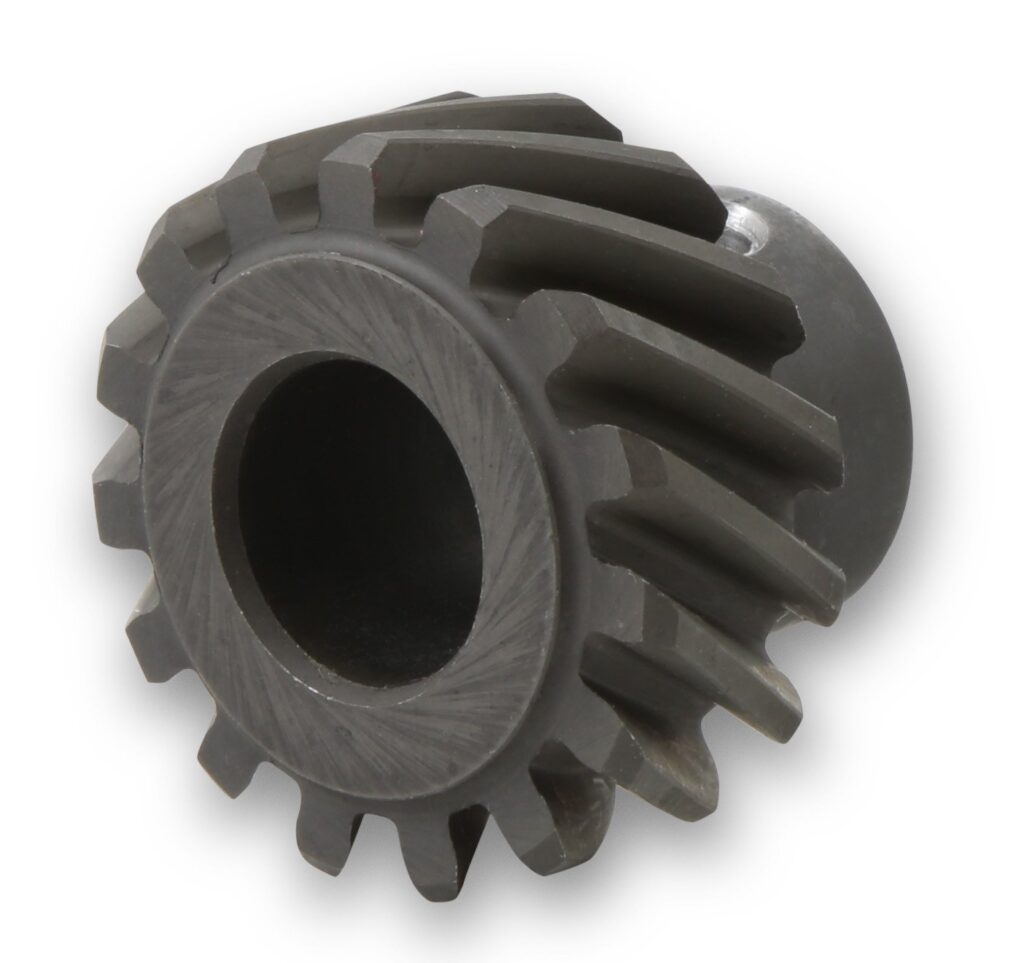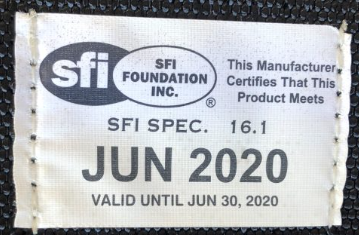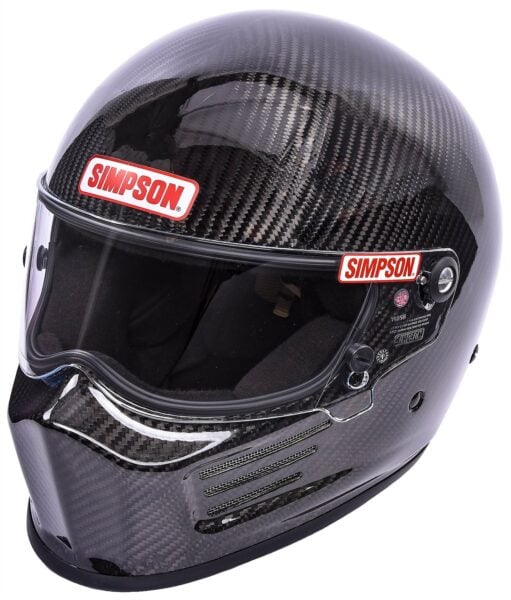
When it comes to engine performance and reliability, the distributor plays a crucial role in delivering spark to the ignition system. A key component within the distributor is the distributor gear, which interfaces with the engine's camshaft. Choosing the correct distributor gear is essential to ensure proper synchronization and prevent premature wear. In this article, we will explore the types of distributor gears available, the importance of indexing, and the various options to consider when selecting a distributor gear for your camshaft, whether it's a replacement or an upgrade.
Types of Distributor Gears
There are four types of distributor gears used in either factory or race engine applications:
- Melonized / Hardened Steel Gear: Steel distributor gears are designed for use with OE / factory-style camshafts. These gears are made from the hardest material compared to the other gears.
- Cast Iron Gear: Cast iron distributor gears are typically used in engines with flat tappet camshafts. They are known for their durability and compatibility with most camshaft materials. Cast iron gears are suitable for standard applications and provide reliable performance. These gears are harder than bronze and composite but softer than Melonized / steel gears.
- Bronze Gear: Extruded from aluminum bronze and with 5% nickel added, these gears have a high-strength tooth design. This gear is harder than composite material, but softer than Melonized/steel and cast iron. This gear is designed for billet steel hydraulic and solid roller camshafts.
- Composite Gear: Composite gears are made from a super strong polymer which makes them the lightest gear. They also have increased durability compared to other gear materials. These are the "softest" gears, making them universally compatible with all camshaft types. This type of material also has 300% more durability than bronze, when a steel camshaft is used with it.
Types of Camshaft Materials
- Cast Iron - this material has a rough camshaft finish and produces a "dull thud" when hit with a small metal object on the end
- Austempered Ductile Iron - This type of camshaft has a smooth surface/slightly textured between the lobes and produces a "light ring" when hit with a small metal object on the end
- Billet Steel - These camshafts produce a resonating ring when hit with a small metal object on the end. They also have a smooth / highly-machined finish.
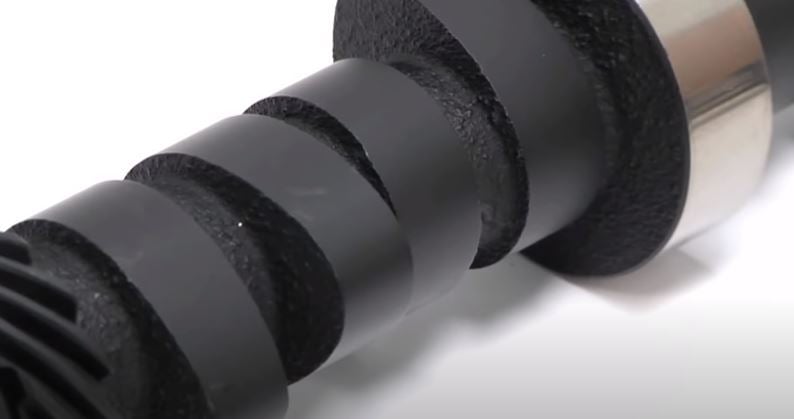
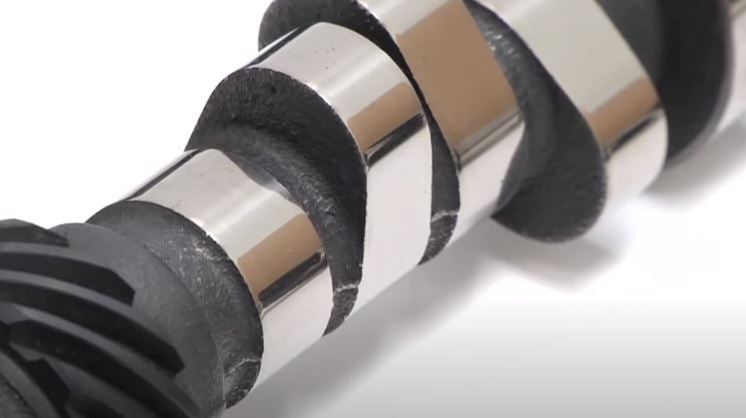
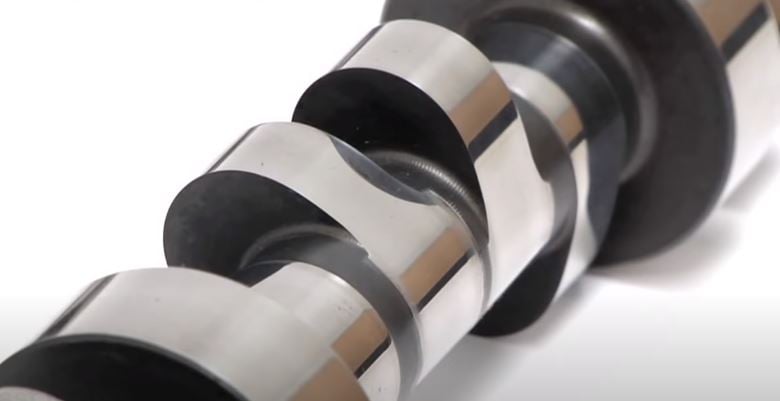
Above are examples of a Cast Iron (left), Austempered Ductile Iron (middle), and Billet Steel (right) camshafts.
Indexing
Indexing refers to the correct alignment of the distributor gear with the camshaft gear. Proper indexing ensures that the gear teeth mesh correctly, minimizing wear and maximizing the transfer of power from the camshaft to the distributor. When installing a distributor gear, it is crucial to align it correctly to maintain the correct phasing and prevent premature gear wear or failure.
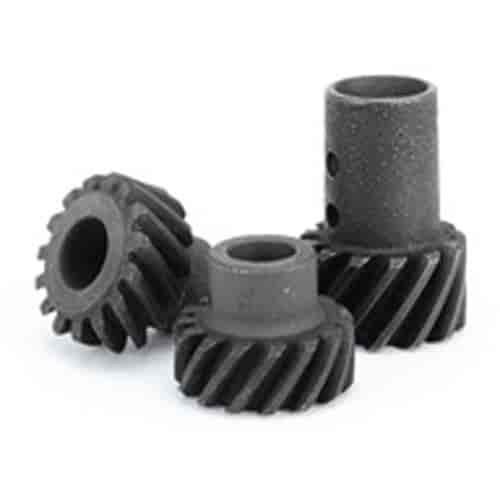
Options for Your Camshaft
When choosing a distributor gear for your camshaft, it's important to consider a few factors:
- Camshaft Material: The material of your camshaft plays a significant role in selecting the appropriate distributor gear. The distributor gear should be softer than the camshaft material to prevent excessive wear on the camshaft gear. Different camshaft materials, such as cast iron, billet steel, or even composite materials, may have specific requirements for the distributor gear material to ensure compatibility and minimize wear
- Camshaft Upgrade Considerations: If you are replacing your camshaft or planning a camshaft upgrade, it is essential to assess whether the new camshaft requires a specific type of distributor gear. Some high-performance camshafts may have specific gear compatibility requirements due to their lobe designs or materials.It is important to install a new distributor gear whenever a new camshaft is installed in your engine as the gears wear in together.
- Manufacturer Recommendations: Consult the manufacturer of the camshaft or distributor for specific recommendations. They often provide guidelines on the compatible distributor gear materials and indexing procedures to ensure optimal performance and durability.
| Camshaft Type | Distributor Gear |
|---|---|
| Cast Iron Hydraulic or Solid Flat Tappet Cam | Cast Iron Gear Composite Gear |
| Austempered Ductile Iron Hydraulic or Solid Roller or Nitrided Cam | Melonized / Hardened Steel Gear Composite Gear |
| Billet Steel Hydraulic or Solid Roller Cam | Bronze Gear Composite Gear |
Choosing the correct distributor gear for your engine's camshaft is essential for maintaining proper synchronization and reliable ignition performance. Understanding the types of distributor gears available, the importance of indexing, and considering options based on your camshaft material, potential upgrades, and application will help you make an informed decision. Whether you are replacing a worn distributor gear or considering an upgrade for a high-performance camshaft, selecting the right gear will ensure efficient power transfer, minimize wear, and contribute to the overall reliability and longevity of your engine's ignition system.
